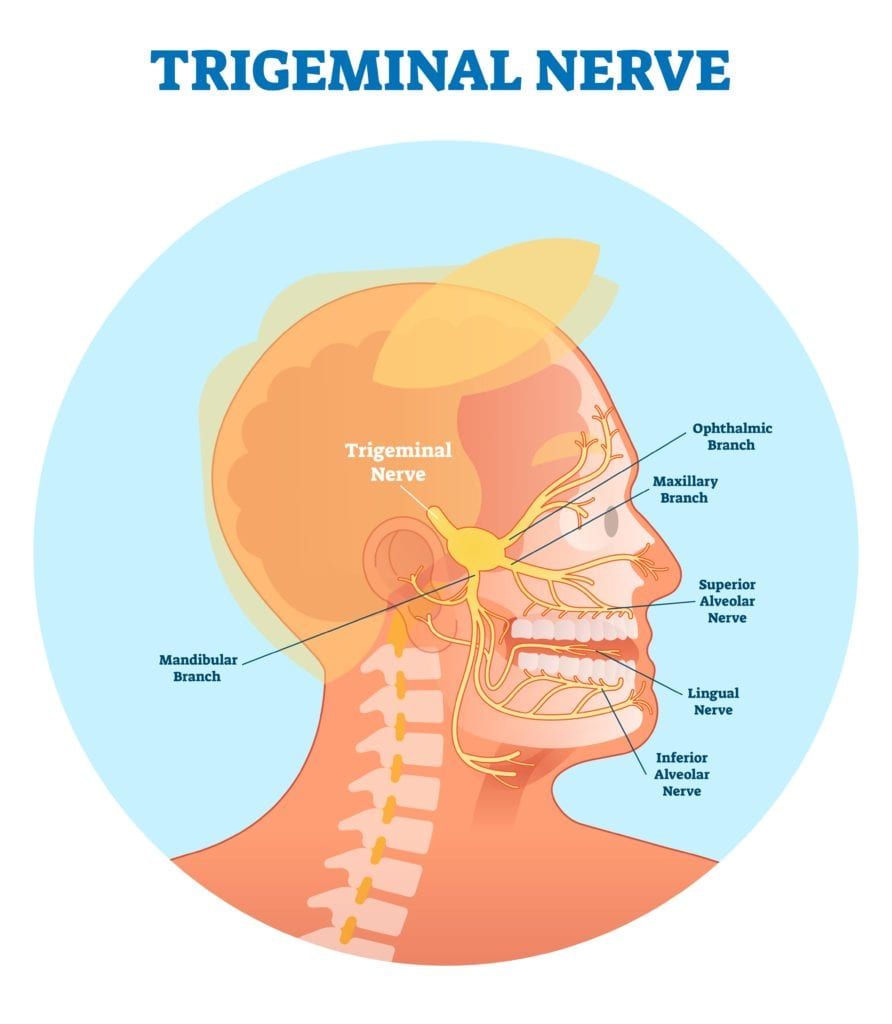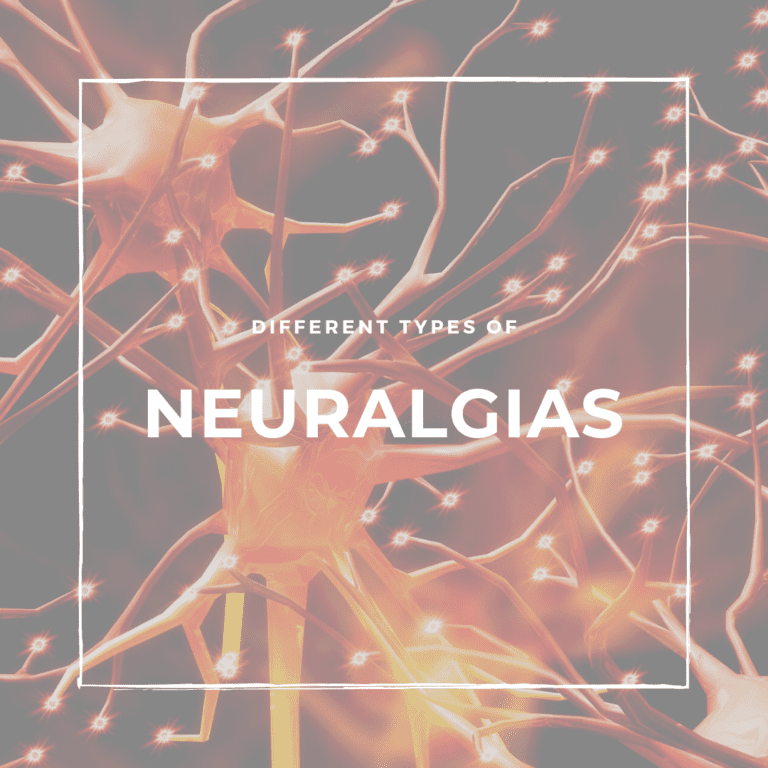If you are frequently experiencing severe stabbing or burning pain, then you may have a damaged or irritated nerve. This type of pain is known as neuralgia, and it can occur throughout the body and face. Although neuralgia can occur without the presence of disease, for example when leg compression causes the foot to fall asleep, there are certain types of neuralgia that can be attributed to various diseases. Some common forms of neuralgias include:
Trigeminal Neuralgia

The trigeminal nerve supplies sensation to one side of the face. When it becomes damaged or irritated, eating, talking, or the feeling of wind can cause excruciating pain. In fact, this is believed to be one of the most painful conditions and can eventually cause disability. TN can be caused by compression of the trigeminal nerve by blood vessels exiting the brain, tumors, or a tangle of arteries. It can also occur when the nerve becomes damaged from surgery, stroke, or facial trauma. Additionally, TN is also seen in people with multiple sclerosis.
Postherpetic Neuralgia
This type of neuralgia is characterized by a burning sensation on the skin where a previous shingles rash formed. The skin in the affected area is also highly sensitive to touch or changes in temperature. Normally, people with shingles develop a painful rash that eventually heals. Once the rash heals, the pain is also supposed to go away. However, if the shingles outbreak damages the nerves, then the pain will continue even after the rash has completely healed. PN is the most common shingles complication and affects about 20% of people diagnosed with shingles.
Occipital Neuralgia
The occipital nerves extend from the spinal cord to the scalp. ON occurs when chronic muscle tension, blood vessel inflammation, tumors, or osteoarthritis compresses one or more nerves in the neck. This causes sudden, severe pain that lasts for seconds or minutes. Although ON is considered to be a rare type of headache disorder, it varies from traditional headaches and migraines in that the pain is short-lived, intense, piercing, or sharp. Both headaches and migraines are described as throbbing pain that lasts for an extended period of time.
Auriculotemporal Neuralgia
The auriculotemporal nerve runs from the side of the head, down along the scalp and ear, then into the mandible. Compression or damage of this nerve causes pain to shoot down the ear, side of the face, side of the forehead, and upper side of the face.
Supraorbital & Supratrochlear Neuralgias
The supraorbital nerve provides sensation to the upper eyelid, forehead, and scalp. When this nerve is damaged or compressed, it can cause pain above the eyebrows that can also extend into the scalp. Forehead pain, as well as tenderness in the area below the brow bone can also be caused by both forms of SN.
Are neuralgias treatable?
Yes, there are various treatments available for neuralgias. The first step in determining the best treatment plan is for a neurologist to pinpoint the exact cause of the neuralgia. Treating the cause of the neuralgia is generally the best way to treat neuralgias and can include: surgery to relieve nerve pressure, physical therapy, or blood sugar management. However, if the cause cannot be determined, then treatment will generally revolve around alleviating pain and can include medications for nerve pain, topical creams, narcotic pain medications, or nerve blocks.

Dr. Kashouty, a diplomate of the American Board of Psychiatry and Neurology (ABPN), practices general neurology with fellowship trained specialization in clinical neurophysiology. Dr. Kashouty finds the form and function of the nerves and muscles the most interesting part of neurology, which is what led him to specialize in neurophysiology with more emphasis on neuromuscular conditions. He treats all neurological diseases, but his main focus is to treat and manage headaches, movement disorders and neuromuscular diseases.




